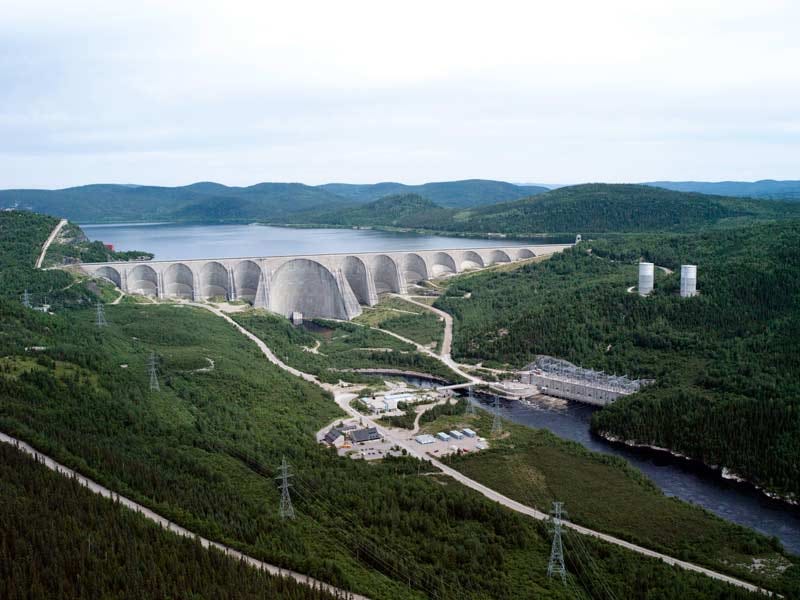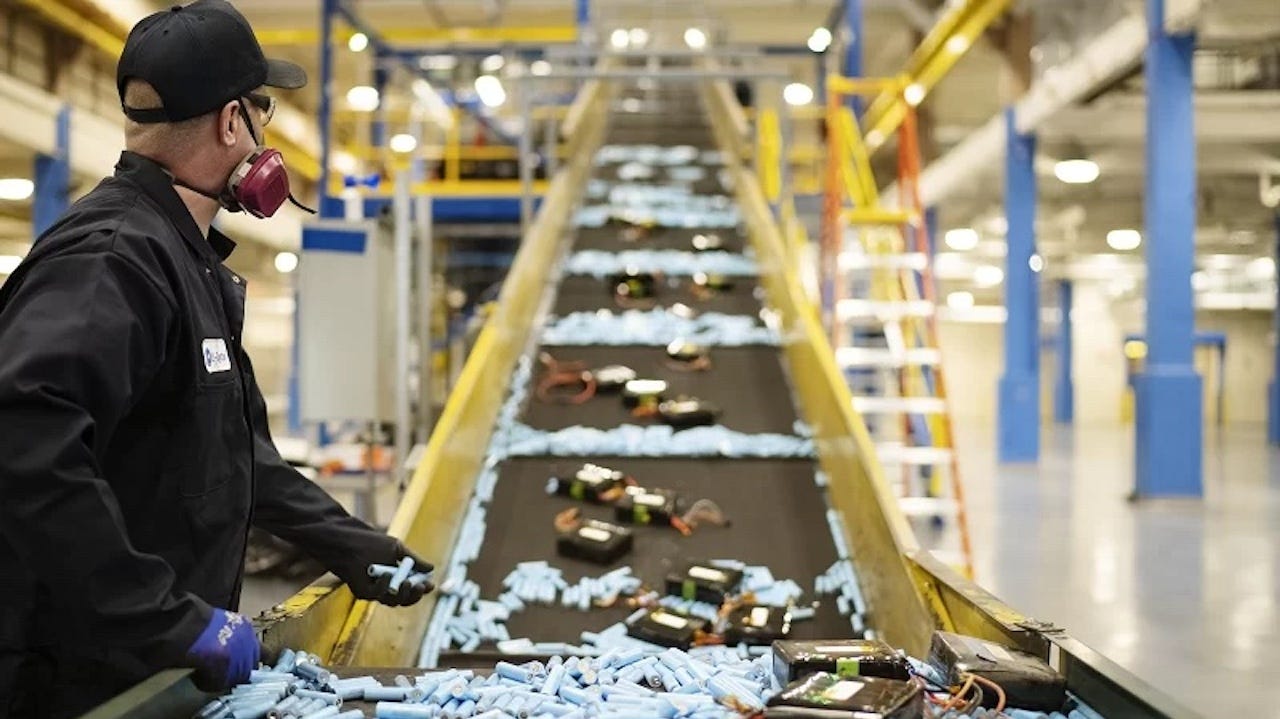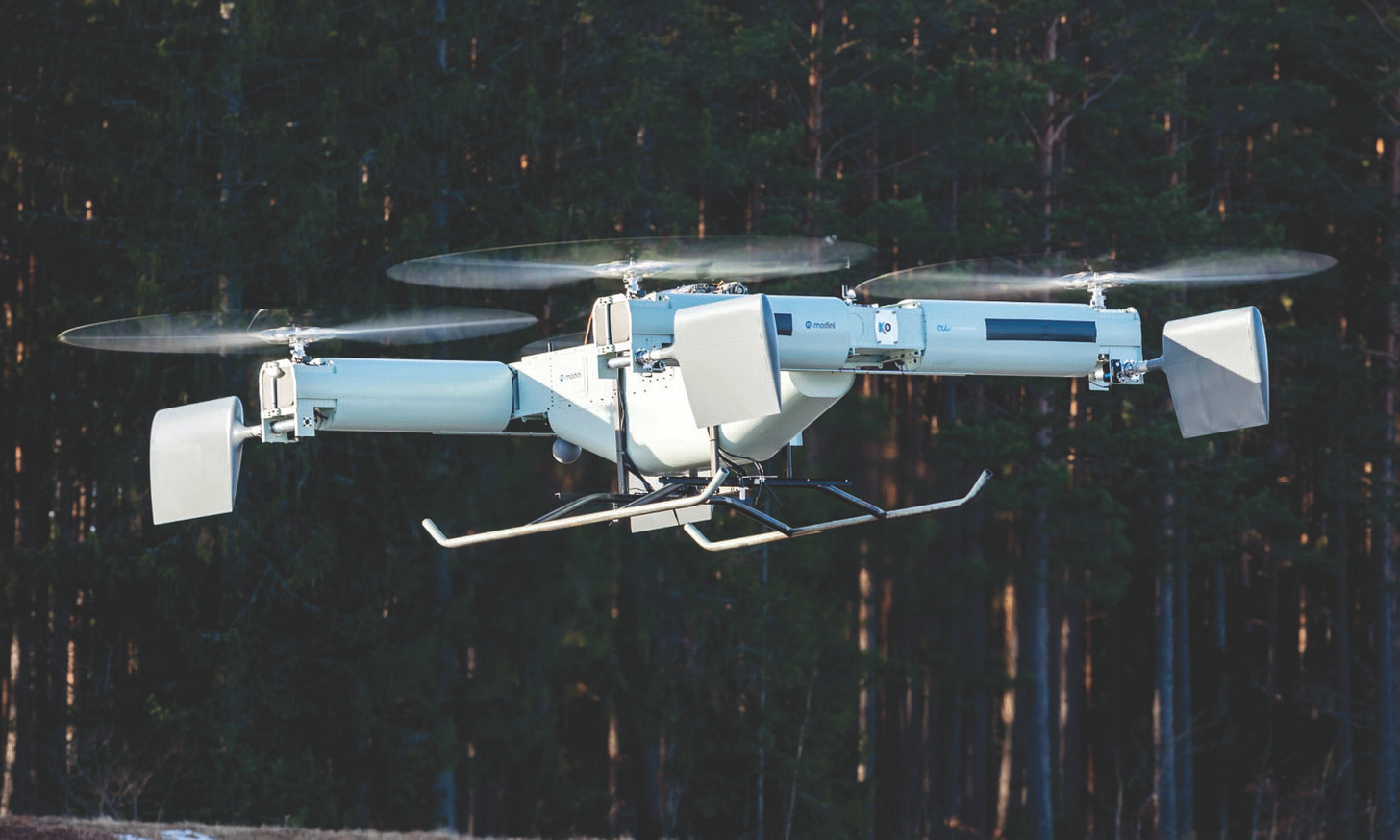Canada's Climate Tech Landscape: A Look Back at 2024
From setbacks to breakthroughs, we look back at the biggest climate stories in Canada with guest author Justin Reist
Justin Reist is the author of Climate Tech Canada, a weekly newsletter covering made-in-Canada climate solutions and breaking down the top stories in climate. Justin also hosts The Climate Cycle podcast where he interviews Canadian entrepreneurs building climate solutions to better understand the challenges presented by climate change and what we can do about it.
Every year, I publish a year in review for Canadian climate tech. It’s a chance to step back from the daily ups-and-downs and get some much-needed perspective. This perspective is particularly useful when it comes to climate, and the bad news always seems to outweigh the good.
Today we’ll take a look back at the biggest climate stories in Canada from the past year, major trends in climate policy, and the climate tech sector’s evolution.
Want to get more insights like this delivered to your inbox? Sign up for the Climate Tech Canada newsletter for optimistic climate news. Read by 800+ climate builders every week.
Policy: Major momentum, but uncertainty ahead

Canada rolled out a bunch of new climate policies in 2024, touching on everything from heat pumps to financial markets:
Bill C-59 introduced tougher rules to fight greenwashing, reigning in misleading claims from Lululemon to “renewable” natural gas.
The Green Building Strategy aims to accelerate sustainable building practices and chart a path to net-zero emissions by 2050. The Greener Homes retrofit program also got a revamp to focus on low- to median-income households, but with less overall funding.
The federal government launched a proposed emissions cap on oil and gas to cut GHGs 35% by 2030.
On a less positive note, political support for carbon pricing is starting to crumble. Former allies walked back their support and opponents redoubled their efforts to “axe the tax”.
The silver lining: industrial carbon pricing has more staying power and delivers a bigger proportion of carbon pollution cuts.
Finance: Funding the transition
A major milestone this year was the new Clean Investment Tax Credits (ITCs). The ITCs support building and deploying climate solutions like clean technology, low-carbon hydrogen, carbon capture, utilization, and storage, and clean tech manufacturing. The credits are substantial, covering anywhere from 15% to 60% of capital costs.
We also saw progress on green investments, with the federal government endorsing a “Sustainable Finance Taxonomy” and committing to climate disclosure rules for large businesses next year. Similar climate risk disclosure rules take effect for some of Canada’s largest banks and insurers at the end of 2024.
Energy: Resilience and growth
Across the country, utilities are challenged with extreme weather, growing demand, and ageing infrastructure. Alberta experienced rolling brownouts from high demand and unexpected outages, while provinces relying on hydro like B.C. and Manitoba faced lower output due to droughts.
Meanwhile, utilities are shifting into overdrive to meet forecasted surges in demand. And that’s on top of any new demand from more data centres that has led big tech companies to invest billions in geothermal and nuclear and utilities across Canada to brace themselves for an anticipated rush of demand.
Some of the major shifts we saw this year include:
Ontario doubling down on nuclear energy and opening a call for 5,000 MW of new generation
B.C. plans to invest $36B in the grid over the next 10 years, a 50% increase
Manitoba will add new energy generation 15 years early to meet growing demand, focusing on wind and solar
Alberta ended its pause on new renewable energy projects that it introduced in 2023, but new rules are still being finalized.
Industry: EVs slow down
The transition to electric vehicles had a bumpy year, buffeted by high interest rates, slower than expected consumer demand, volatile prices for critical minerals, intense competition from China, and new battery technology.
Ford and Umicore paused expansion plans, while Northvolt, Lion Electric, and Vicinity Motors ran into financial troubles. Battery materials and recycling had a better year: Li-Cycle was able to restart construction at its New York recycling plant; Cyclic Materials raised a $71M Series B, and the US Department of Defence invested millions in Canadian battery materials startups.
Despite these ups and downs, the long-term trend to EVs remains clear. In ten years, every other car sold globally will be an EV.
Adaptation: Front & center

Often the forgotten child in climate, adaptation was front and centre this year. Between major flooding, hail storms, and another intense wildfire season, 2024 was the most destructive summer in Canada, causing more than $7 billion in damages.
The Canadian government announced $530M in funding for cities to adapt to a changing climate, while B.C. rolled out $1.3B to respond to natural disasters.
Adaptation is a growing theme on the tech and investment side, as more people grapple with the personal and financial fallout from extreme weather. Solutions for wildfires, water, and infrastructure protection are starting to accelerate.
Tech: Energy, EVs and Industry lead a slower year

Each year, I publish a full report on the state of VC funding for Canadian climate tech. The full report will be out in January, but I want to share some early data points.
Canadian climate tech ventures raised $1.28 billion in 2024, just 16% less than the $1.5B we tracked in 2023.
A smaller drop isn’t the worst news given the tough fundraising environment, but not great
It’s a far cry from the 2020-22 era where climate tech startups were raising $100M+ rounds
Notable rounds include
Svante’s $137M from the Canada Growth Fund to deploy their industrial carbon capture solution
FLO EV Charging’s $136M Series E raise to expand their charging network
And Cyclic Materials’ $71M Series B for their rare earth recycling tech, which included Microsoft as an investor
By vertical, Energy and Transportation secured the most capital ($442M and $302M) while Industrial was the most active area with 18 deals. Other active areas include Alternative Proteins and Carbon Removal & Storage.
If we look at investments vs emissions, Transportation continues to get an outsized amount of funding while Food & Land Use and Adaptation are underfunded at about $120M and $4.5M respectively. Adaptation is still early, and is mostly attracting government grants and loans right now.
Spread the green
Help us grow our Climate North community—share this newsletter with friends or consider making a small donation to support climate education and action in Canada!
Thanks for being part of the movement toward a sustainable future in Canada!
Brought to you by the Climate North team - Chloe D'Agostini, Rebeka (Becky) Romanovsky, Fab Barrillot.







